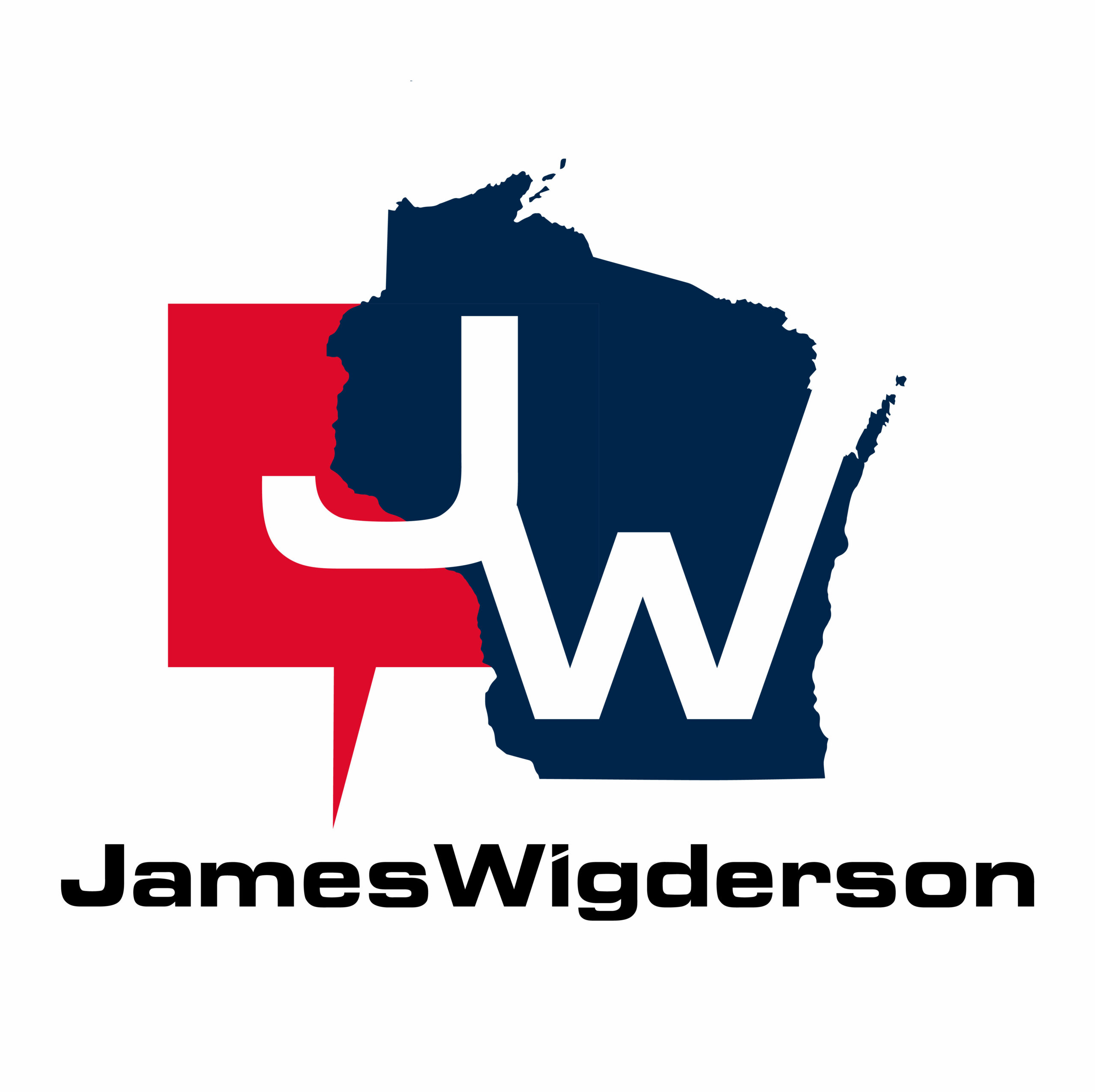Not content to let others celebrate a good thing like National School Choice Week, opponents of school choice used this week to roll out their latest attack on the voucher program.
While hundreds of students were in the rotunda celebrating school choice with Vice President Mike Pence and others, state Rep. Jonathan Brostoff (D-Milwaukee) and state Sen. Chris Larson (D-Milwaukee)—both of whom attended private schools— joined Marva Herndon of the Milwaukee School Board and Heather DuBois Bourenane of the Wisconsin Public Education Network to announce a new proposal to phase out all of the state’s voucher programs. This includes the Milwaukee Parental Choice Program that is celebrating its 30th anniversary this year and serves nearly 30,000 low income families in the state’s largest city.
Supporters of the new proposal, known as the Public Education Reinvestment Act (PERA), rolled out a litany of false statements.
“Vouchers have been a huge drain…out of public education.” – Jonathan Brostoff
First and foremost, the idea that public schools should continue to receive funding for students they no longer educate is ridiculous.
Despite constant demonization from school choice opponents, vouchers actually represent a savings to taxpayers. Vouchers are funded at a significantly lower level than any public school in the state. During the 2019-20 school year, the voucher amount was $7,754 for K-8 and $8,400 for grades 9-12. The average public school in the state received $10,677 per student—a gap of more than $2,000 per student.
Instead of a drain, voucher students cost less from the perspective of both local taxpayers and the state. EdChoice found that the Milwaukee Parental Choice Program has saved the state more than $343 million since its creation. At the local level, taxpayers can use an excellent website set up by School Choice Wisconsin to see savings at the local level. Vouchers are a boon, not a drain, to taxpayers.
“Nearly all of the students in the statewide program already attended (a) private school before receiving a voucher.”- Dubois Bourenane
This is just wrong and made worse by the way the Wisconsin Department of Public Instruction (DPI) reports data. DPI counts students who attended a private school on a voucher during the previous year as having attended a private school, inflating the counts. Even the left-leaning Wisconsin Examiner acknowledged that this number was an inaccurate representation, thanks to the efforts of School Choice Wisconsin’s Jim Bender.
“(Vouchers are) widening the gaps between haves and have-nots.”-Dubois Bourenane
This is just silly. Wisconsin’s voucher programs are focused on serving Wisconsin’s most at-risk kids. The voucher program has income limits and overwhelmingly serves a lower income, and more heavily minority population of students than traditional public schools in the state.
Nearly 75% of students in voucher schools come from minority backgrounds, compared with about 31% in public schools in the state. About 72% of students in voucher schools come from families below the poverty line compared to 42% of families statewide.
Voucher program is a “failed experiment.” -Several Speakers. This statement, repeated by each of the speakers, is simply not consistent with the evidence, particularly in Wisconsin. We have run through the evidence many times, in this forum and others. There is consistent evidence that vouchers improve student outcomes from test scores to character.
Sure, there are exceptions to the rule. The Louisiana voucher program, for instance, has continued to underperform. But the vast majority of the evidence is in a positive direction. School choice opponents either continue to either exist in a state of denial on the evidence for private school choice, or are willfully misleading their constituents.
The good news is that the majority in both houses of the legislature are in favor of school choice, making it unlikely that such extreme legislation will gain any sort of traction.
But voters must remain vigilant. The state’s voucher programs face a very real threat from legislators who are heavily supported by teacher’s union members, who see the competition from choice as a threat to their education monopoly.
Dr. Will Flanders is the Research Director for the Wisconsin Institute for Law & Liberty. He is the author of a new study, “Ripple Effect,” which shows growth in school choice programs could lead to $3.2 billion in increased consumer spending plus local and state taxes over the next 20 years.


